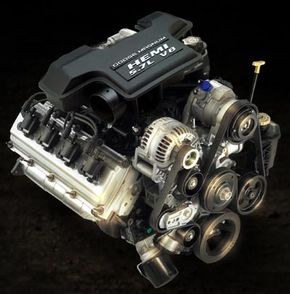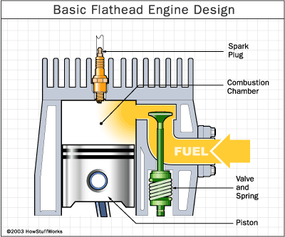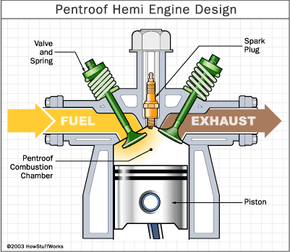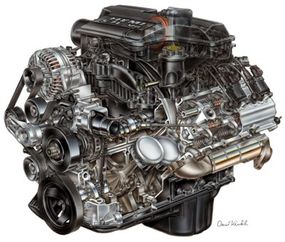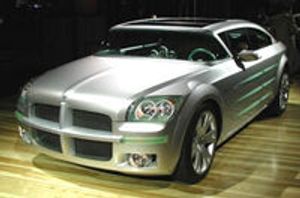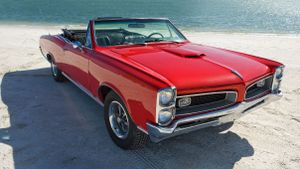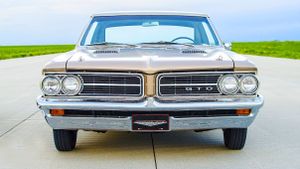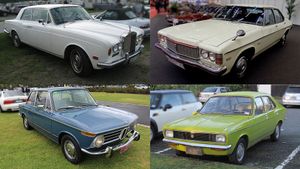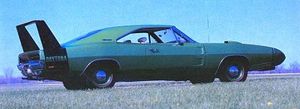If you like cars, then you have probably heard of the HEMI engine. If you were born in the 1960s or before, you remember the phenomenon created by Chrysler's HEMI engines in the 1950s, '60s and '70s. If you follow muscle cars or drag racing, you know that the 426 HEMI engine is a popular engine because of its performance. You've probably also heard of the HEMI engines that Chrysler began using in 2003 Dodge trucks.
But even if you know little or nothing about cars and engines, the word "HEMI" might still mean something to you. The word has become a synonym for big, powerful engines. In this article, you'll learn about the HEMI engine and find out why engines using the HEMI design are such awesome machines.
Advertisement
Birth of the HEMI
The HEMI engine for automobiles was born in 1948 -- Harry Westlake and several others developed a Hemi 6-cylinder engine for Jaguar. A few years later, in 1951, Chrysler introduced a 180-horsepower HEMI V-8 engine on several models. The Chrysler HEMI engine had a displacement of 331 cubic inches (5.4 liters), so it is known as the "331 HEMI."
These days, 180 horsepower sounds like nothing. But in 1951, 180 horsepower was unheard of. It was an amazing amount of power for the day, and it fueled the "HEMI legend."
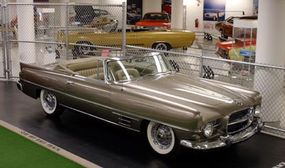
Chrysler continued improving the HEMI design, releasing a 354-cubic-inch design in 1956, a 392 cubic-inch design in 1957, and ultimately a 426-cubic-inch (7-liter) version in 1964. The 426 engine set the HEMI legend in stone when it won first, second and third place in the 1964 Daytona 500 NASCAR race. The 426 street HEMI came out in 1965, producing 425 horsepower.
The 426 block and heads are still available today from Dodge. The 426 HEMI is a popular power plant for drag racing, funny cars and muscle cars.
In the next section, we'll look at how the HEMI is designed for power.
Advertisement
